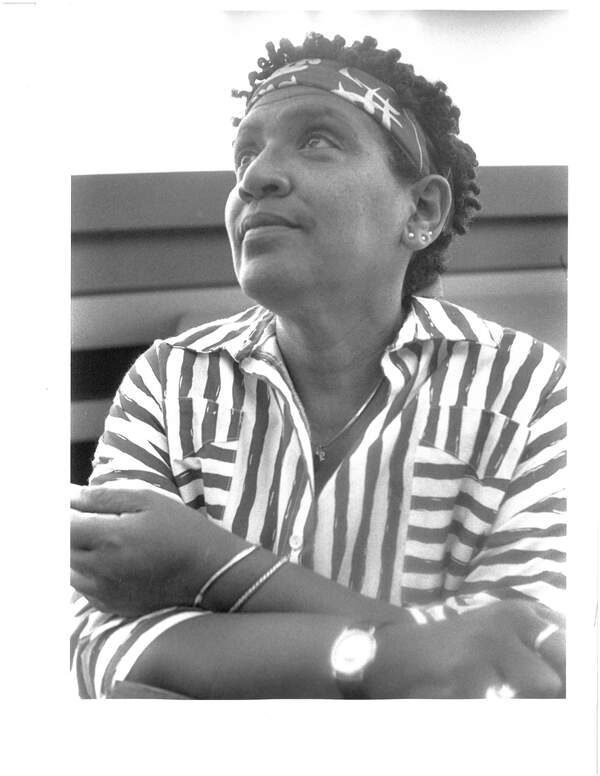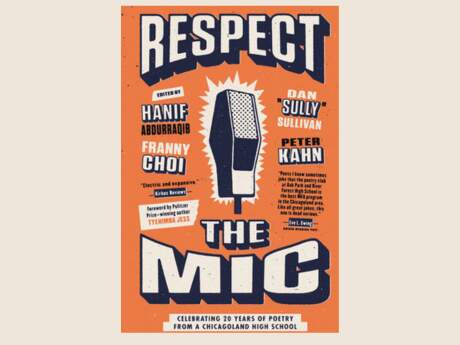On Poetry
From the Western Front and Beyond: The Writings of World War
Below ground in the stacks of call numbers 940.48 and 821, the literature of WWI waits open to members of the New York Society Library. Some of these books, as well as books from the Library's rare book collection, are now on special display in the library's new exhibition "From the Western Front and Beyond: The Writings of World War One." The New York Society Library was founded in 1754, and the books in this exhibit have been acquired over the past 100 years. The Library's catalog of WWI literature spans all the way back to when the original head librarian, Robert Bigelow, acquired the literature throughout the war. This offers NYSE a unique historical perspective on these writings, allowing them to chart what their readers were most interested in at the time and what pieces of writing have endured and grown in popularity.
The Great War, as it was first known, shifted the cultural perspective away from war as a valiant act of patriotism to a broader understanding of the horror and terror of combat. Prior to this war, civilians were shielded from the knowledge of the atrocities of war and it was the work of the writers serving to bring the truth of this war home. Although the poets and writers of the Great War came from many different backgrounds, their writing was united by a desire to bear witness to the shock of the war. From every nation, most of those fighting were young and unsuspecting of the horrors that awaited them on the battlefield.
The Great War traumatized writers into a new kind of writing: raw verses containing a modern expression of the grotesqueness and horrors of life in the trenches. At the time, this writing bridged the gap between the oblivious civilians at home and the 70 million military personnel from around the world engaged in the fight. But even now, when we are fully aware of the horrors of World War I, these writings have an enduring legacy that continues our interest in the war and the writing it produced.
The exhibit commemorating the past 100 years since WWI succeeds in making that old war come alive: on view are books by Joyce Kilmer, Robert Graves, Rupert Brooke, Wilfred Owen, Alan Seegar, John McCrae, Siegfried Sassoon, and the works of many other poets and writers. The books are carefully arranged by genre, adding context and photographs to the works. A particular highlight of the exhibition is the 1917 edition of Siegfried Sassoon's collection The Old Huntsman and Other Poems opened to the poem "They." This poem captures the changing views of war: it begins with a Bishop telling of how returning soldiers will be changed by their overcoming of death, but closes with an alteration of the Bishop's suggestions: the returning soldiers will be changed from before because they are diseased, blind, and dying.
In addition to the many wonderful books displayed, the exhibition also interestingly displays present-day photographs of the landscapes in which WWI was fought. The image of the Sambre-Oise Canal, where Wilfred Owen was killed in 1918 while attempting to cross with his regiment, and the image of the trenches at the Baumont-Hamel Newfoundland Memorial both seem shocking to us now: the trenches have been grassed over, the canal looks serene--and yet these landscapes echo the inalterable effects of the war on entire nations.
From the Western Front and Beyond: The Writings of World War I runs until November, 15 2014 at the New York Society Library.


